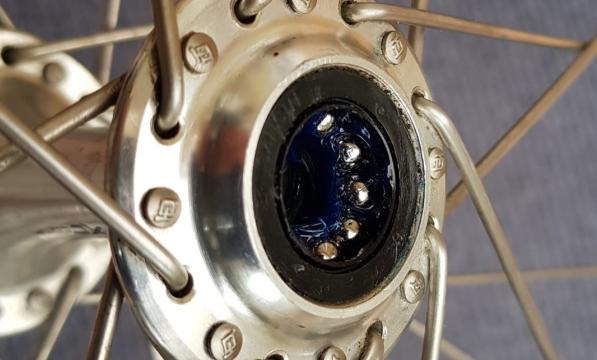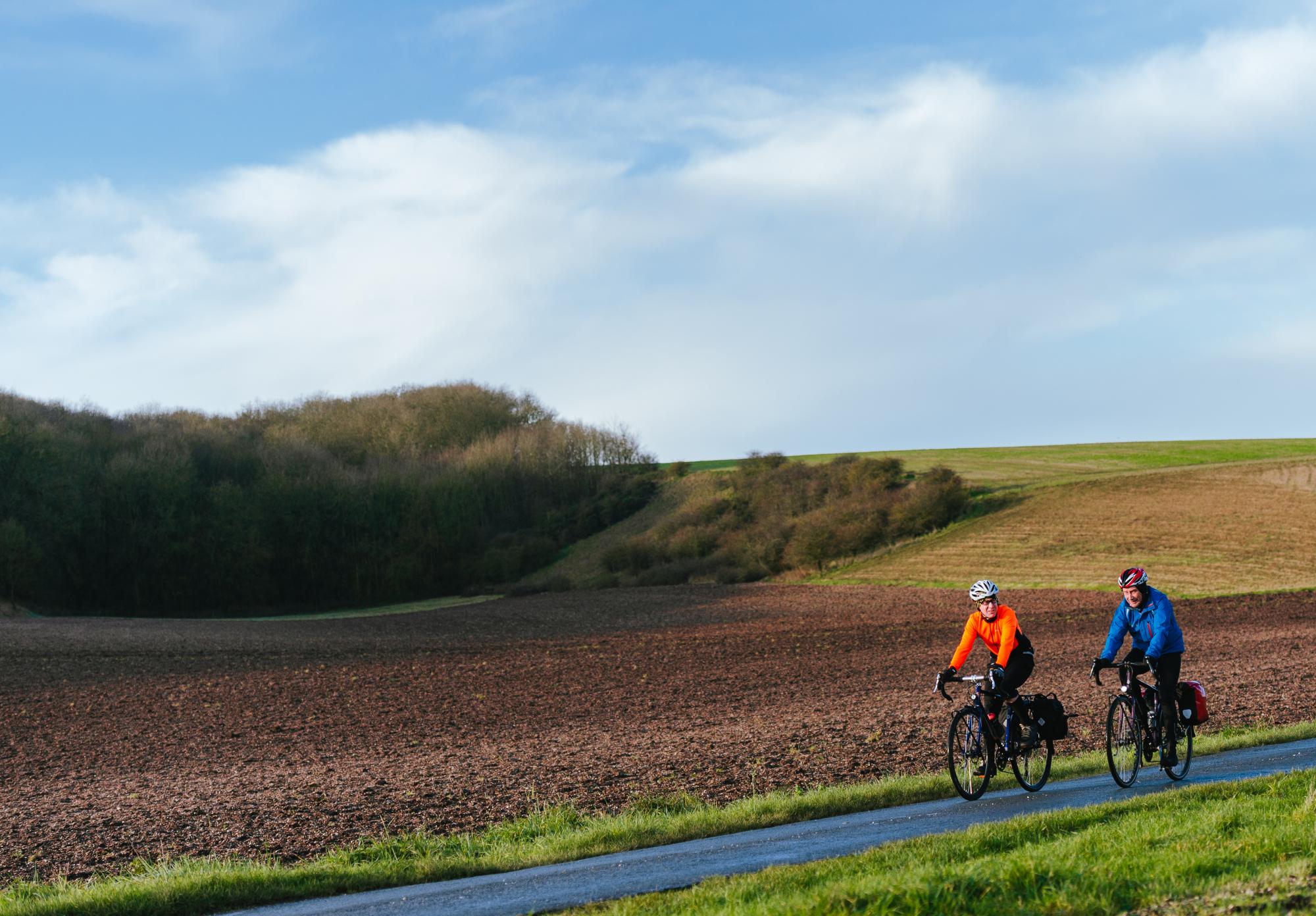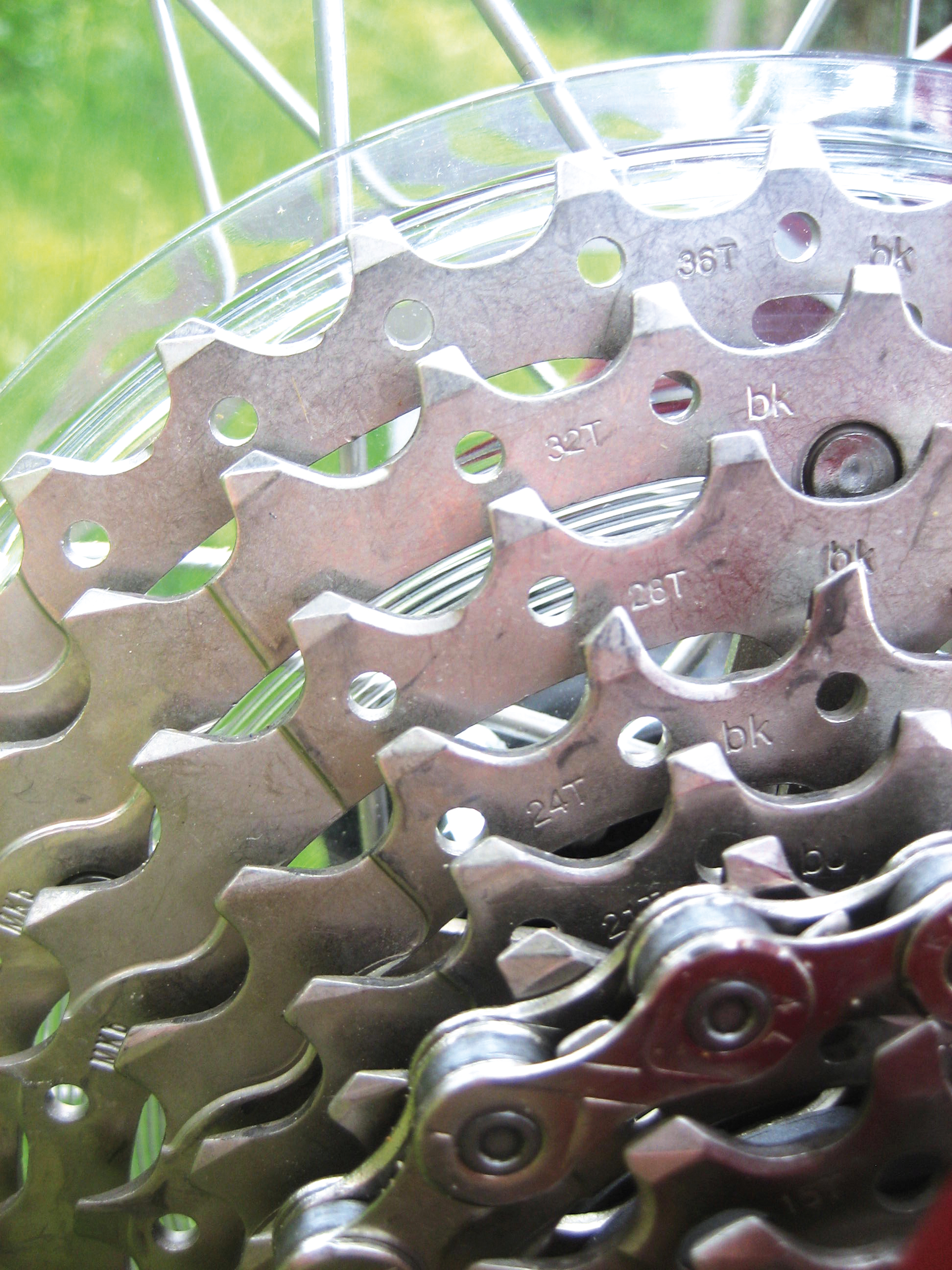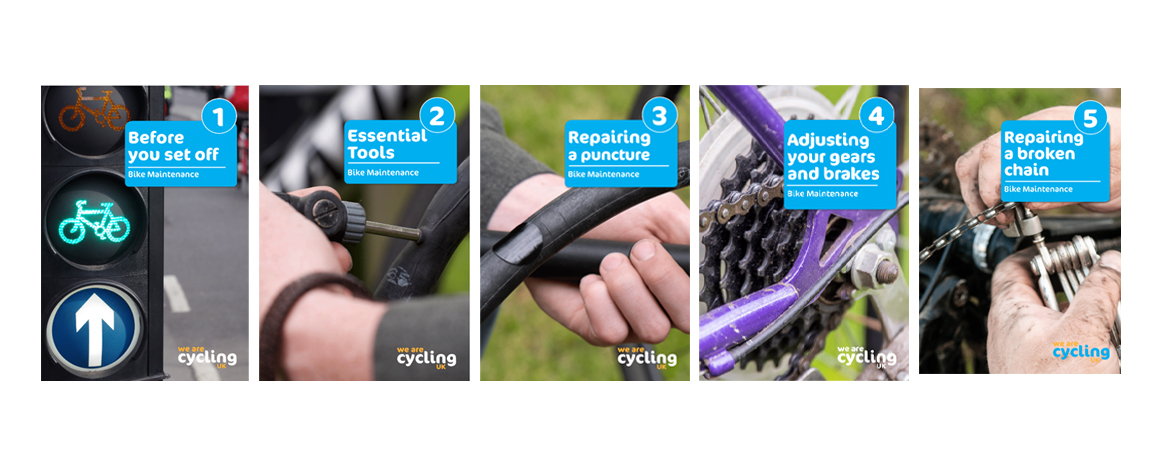What grease should I use on my bike and why?

Grease consists of a lubricating oil mixed with a ‘soap’ (lithium or calcium soap, for example) to make it viscous and sticky. Sometimes there are additives like Teflon. Grease is essential for bikes. Without it, bearings run roughly and wear rapidly. Without grease, water causes parts to seize up.
Multipurpose vs specific
While there are lots of different greases, the good news is that most of us only need one multipurpose grease. Use this:
- For lubricating accessible cup-and-cone bearing assemblies such as wheel hubs, bottom bracket, headset and pedals.
- To stop parts from seizing. Apply grease (or anti-seize paste) before assembly to: seatpost; stem; the screw threads of pedals and bottom brackets. Do not grease between the cranks and bottom bracket spindle.
Some components perform poorly if serviced with the wrong grease. Check the manufacturer’s instructions.
Which grease is best?
Most general purpose bike greases seem acceptable but all lack performance data. Alternatively, automotive greases (such as Mobil XHP222 or Motorex Bike Grease 2000) comply with industrial performance standards.
Washout kills bearings, so keep degreasers and power washers away! A grease with poor stability congeals, so bearings will run roughly.
Before re-greasing, clean and check bearing surfaces for contamination and damage, such as pitting. Check more often for bikes enduring high mileages, heavy loads, or wet or dusty conditions. Some components are not designed to be serviced (sealed bearing cartridges, for example).
Like grease but not
Anti-seize and gripper pastes are for assembly not bearing lubrication. Anti-seize pastes reduce micro movement for screw threads and alloy seatposts. Gripper pastes are used on carbon fibre handlebars and seatposts to reduce the clamping torque needed.

Dispensing grease
Bike grease is often sold in tubes, like toothpaste. Great for applying gobs of grease to seatposts, it is messy and wasteful for greasing bearings. For bearings, you need a finer nozzle. The classic tool is a grease gun, and for bikes there are essentially two designs:
- The Dualco-style tool which can be used with a conventional grease pot. Dualco makes Pro and Mini versions.
- A pen-like device screwed to a tube of bike grease, such as Weldtite’s Grease Gun.
A quirky but effective option is a 12ml dental syringe (such as the Monoject 412). The curved tip is ideal for bearing access.





